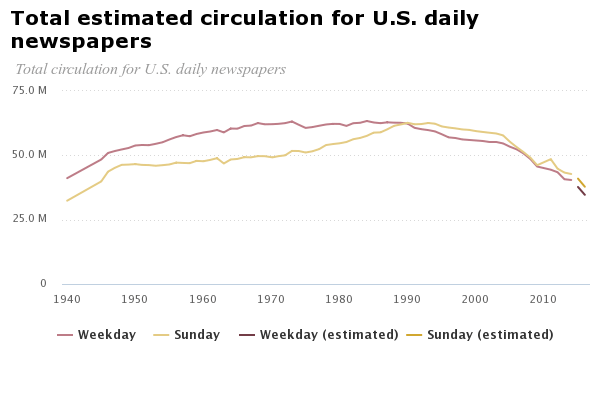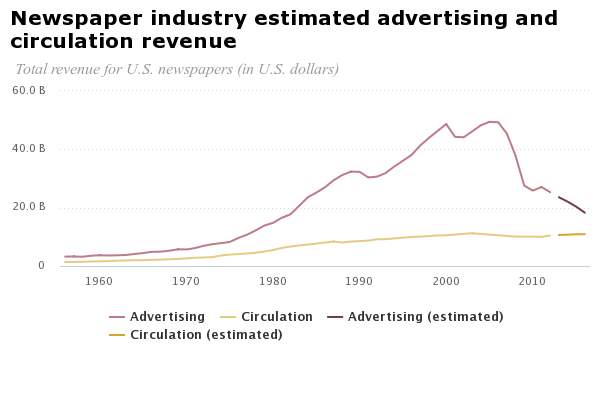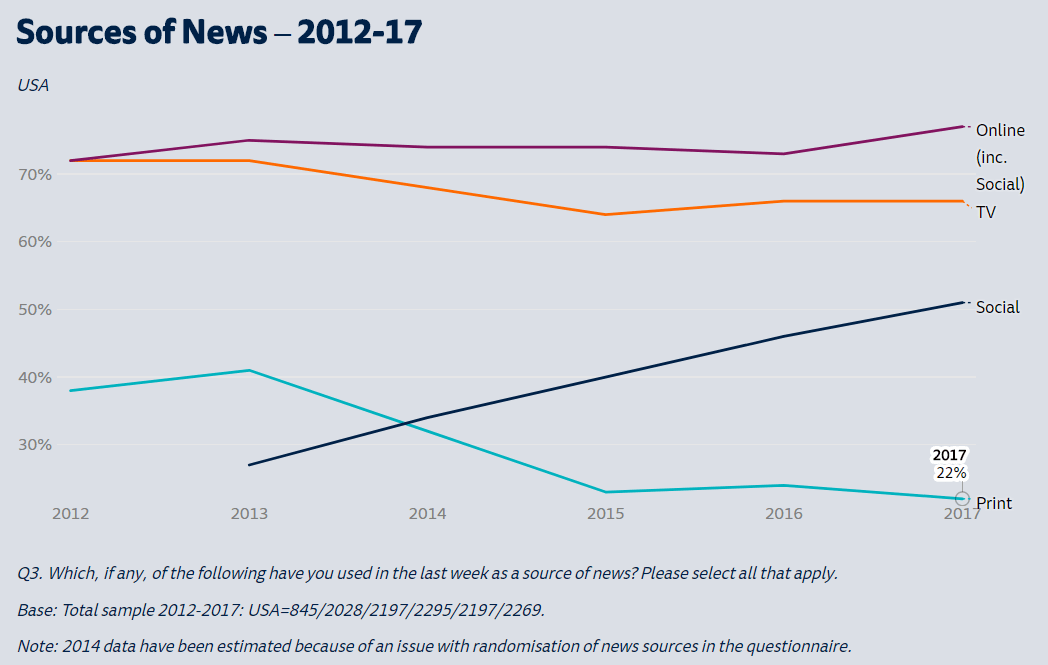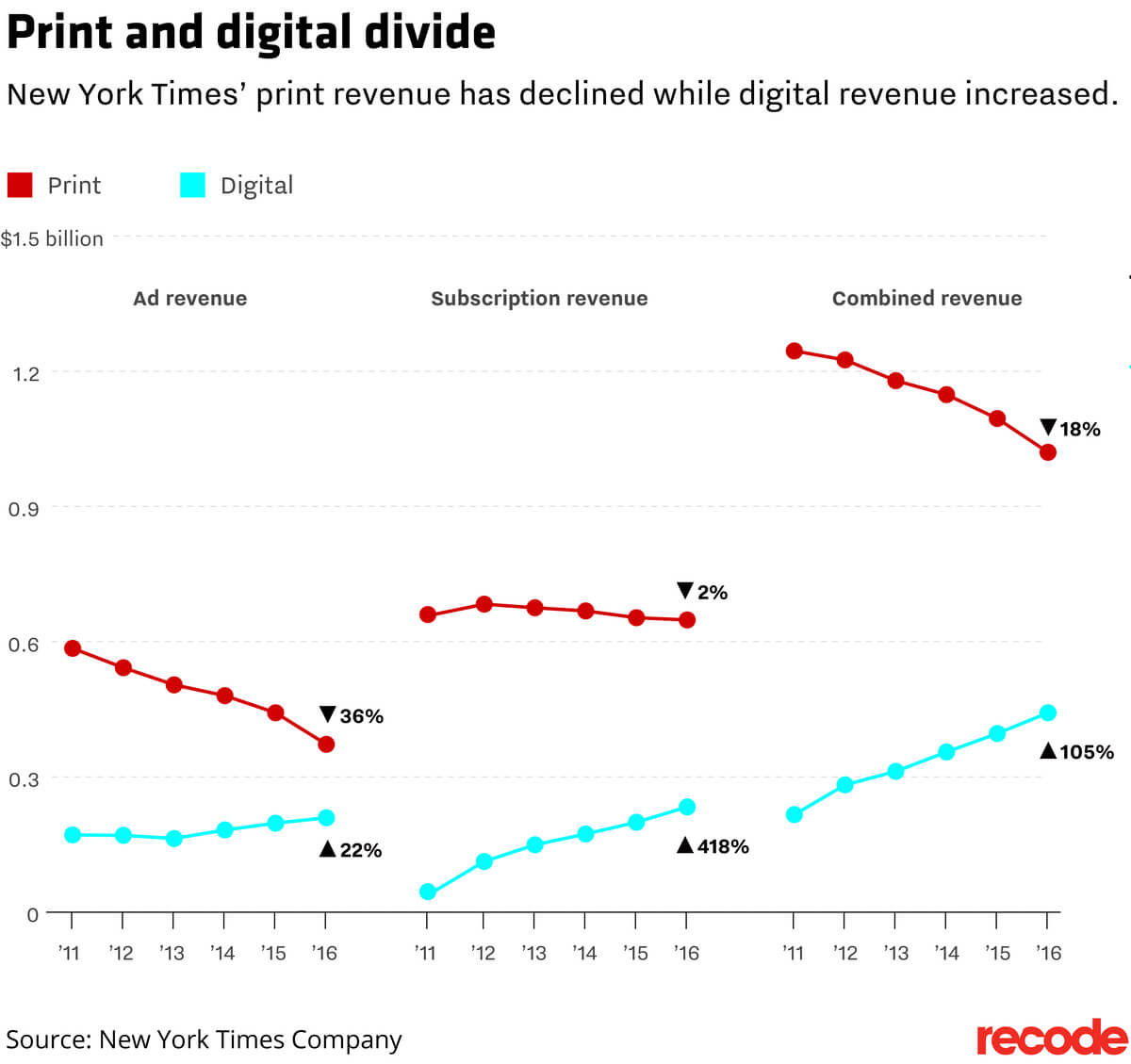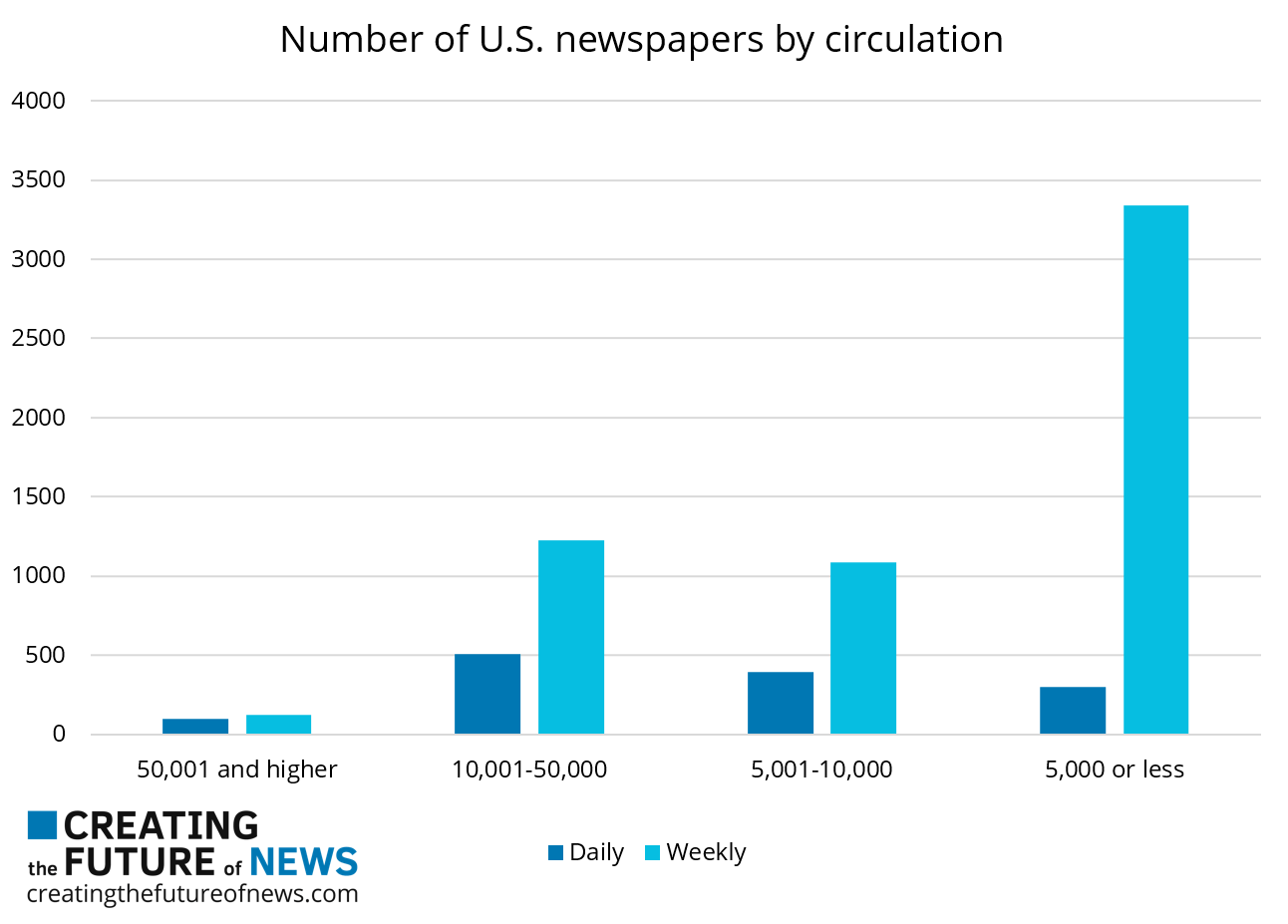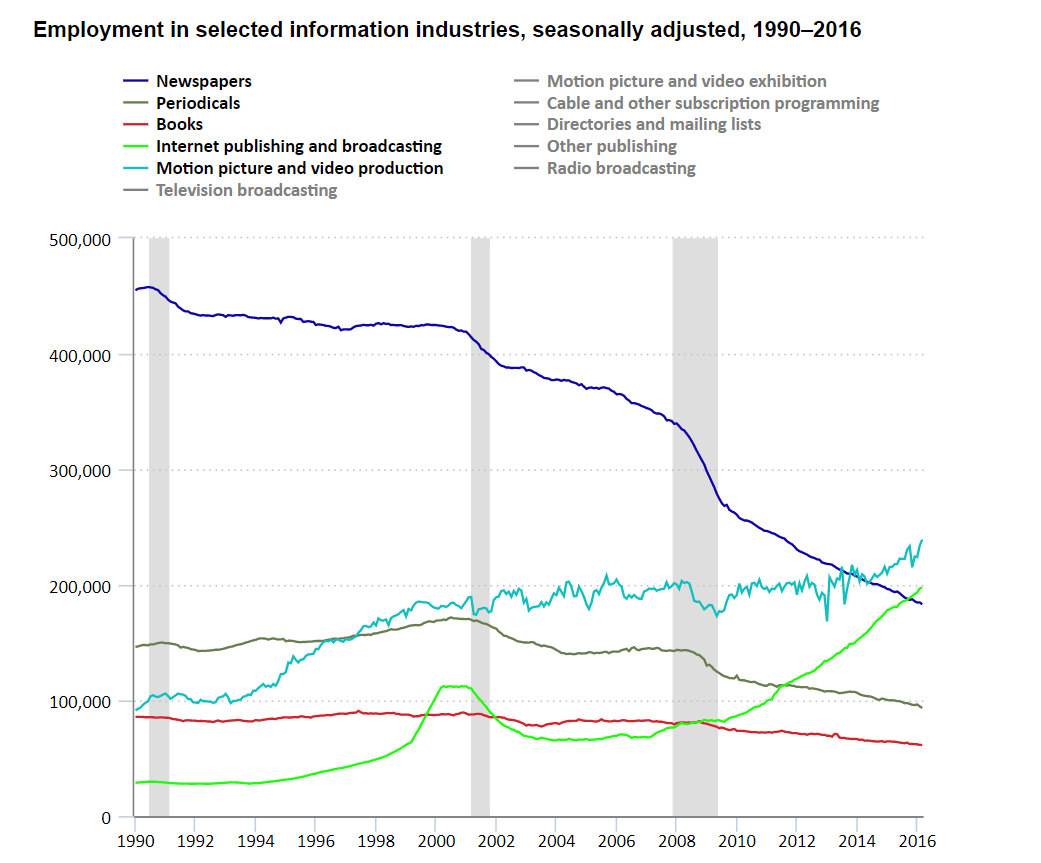‘Content Shock’ Puts Top Publishers at an Advantage
The titanic eruption of web-based content has reached overload, and a consequent drop in reader engagement. The good news? In this new world of content saturation and falling social shares, the big winners are publishers that have built a strong reputation for original, authoritative content.
In a world where 40,000 articles a week covering Bitcoin were published online in December 2017 alone, the coining of the phrase “content shock” should come as no surprise.
The Content Trends 2018 research report from Buzzsumo, released in March, is based on a review of 100 million articles published on the web in 2017.
The results are sure to send the digital marketing world into a tailspin:
- Social sharing of content has halved since 2015.
- The days of viral posts gaining hundreds of thousands of shares are waning as the majority of content now receives zero backlinks.
- New topic areas are rapidly becoming saturated with content.
The winners in the world wide web of ‘content shock’
In his foreword to the report, Mark Schaefer, author of The Content Code, claims credit for naming this “content shock” back in 2014. He had once seemed a lone voice in the wilderness —until now.
While there’s a battleground ahead for digital marketers and companies that invest heavily in content marketing, there’s also positive news for quality publishers. They are the ones reaping the rewards of an increasingly saturated and competitive online environment.
“Not all sites have seen a fall in content engagement,” reads the report. “We have seen some major publishers increase both their total and average shares.”

Two such sites bucking the downward trend are the Harvard Business Review and The Economist, both of which have experienced an increase in content sharing.
In fact, seven of the top 10 most shared articles on Harvard Business Review over the last five years were published in 2017. The average number of shares has also increased from 4,007 in 2015/16 to 4,506 in 2017.
Similarly, the two most shared posts from The Economist over the last five years were both published in 2017. For comparison, the median number of shares for posts published by The Economist in 2015 and 2016 was 43. However, in 2017 such social shares increased to 78.
It appears that increased content competition has not adversely affected these sites. Paradoxically, it may have helped them reinforce their position in a world of content saturation.
“If you are going to share something with your audience you want to make sure it is well researched and authoritative from a trusted source, thus it is possible people are more selective with their sharing,” states the report.
Profiting from partisanship and LinkedIn shares
Another long-standing publisher sticking out from the crowd is The New York Times., According to the Buzzsumo report, rising engagement with its content may largely be due to political reporting coupled with the trend of rising shares for partisan political content generally since 2015.
After Facebook changed its News Feed algorithm in 2017, most online publications saw a massive drop in social shares. However, The New York Times again sidestepped some hardship by gaining shares on a different platform.
According to the report: “We have also seen major publishers like The New York Times increase their LinkedIn shares, albeit this is still a small proportion of their overall shares. LinkedIn may represent a better opportunity for business to business [B2B] sites. Many businesses were building their presence on Facebook but the recent algorithm changes could prompt a renewed focus on LinkedIn.”

LinkedIn recently told Digiday that comments, likes, and shares on the platform are up more than 60% year over year. The Buzzsumo data also shows that while social engagement with content is falling on Facebook and Twitter, many B2B publishers, including Forbes.com and BusinessInsider.com, are seeing increases in social sharing on LinkedIn.

The trend with backlinks is also positive for quality news publishers. Overall, the median number of backlinks in Buzzsumo’s sample of 100 million posts published in 2017 was zero. However, the report found that backlinks were gained consistently by authoritative sites. For instance, the report states that for sites such as the Pew Research Center, the median number of backlinks per article was higher in 2017 than in previous years.
Good news for the future of online news?
To borrow from the financial lexicon, it appears we are witnessing a market correction in response to an oversupply of lower-quality content and overused formats like clickbait that have peaked and declined.
Reassuringly for news publishers, however, there is clearly rising demand for high-quality, well-researched, and reputable content. For publishers with an established track record of authority in specific topics, they seem poised to gain the most from this climate of “content shock.” Fledgling and lower-quality publications will want to focus on delivering top-notch content rather than resorting to gimmicky publishing tactics that have long-frustrated audiences.
In the end, the Buzzsumo report’s bleak look at social engagement in 2017 offers a glimmer of hope for the future of news online. Quality, not quantity will be rewarded, likely leading to a more productive competitive model that ultimately gives news consumers a better and more valued final product.
Image sources: Buzzsumo


